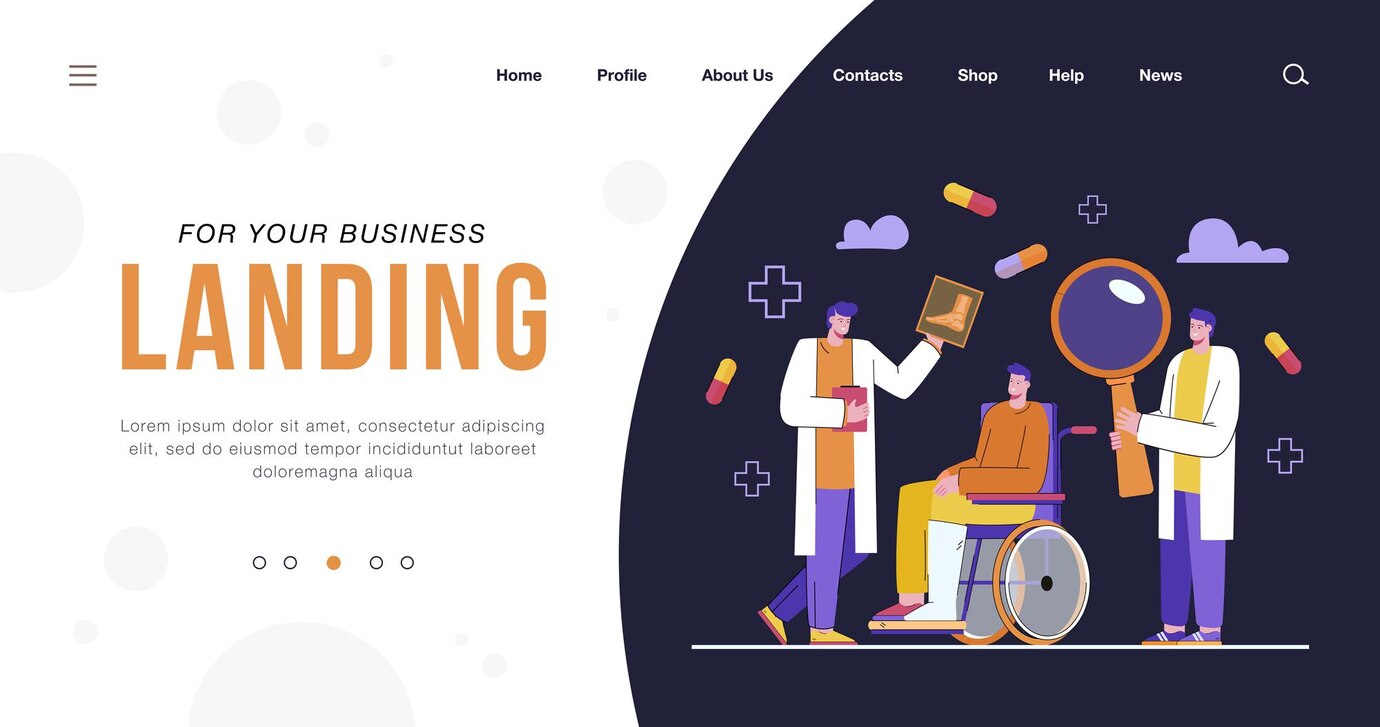Graphic design isn’t just about making things look pretty. It’s a powerful tool that bridges gaps simplifies the incomprehensible, and makes complicated information accessible. This is especially true in the medical world, where intimidating terminologies and complex processes often leave patients overwhelmed. At Honeycomb, a leader in providing graphic design services in Bangalore, we know how to turn these complexities into simple, patient-friendly visuals. It’s no less complex than designing an intricate Embedded Systems Design Course — an art of simplifying without losing meaning. But how exactly does graphic design simplify intricate medical concepts? Let’s dive in.
The Dependably Confusing Arena of Medical Language
Think of busting into a doctor’s office. You’re given a pamphlet on a condition but there’s a profound sea of endless medical terms along with paragraphs. Now, juxtapose that with an infographic on the same aspects with myriad colors and display…. Appealing, isn’t it? The former isn’t the most preferable route, the opposing is way more entertaining. What seems appealing to you, dissolves the myth of intricacy underlying graphic designing.
Graphic designing acts as a bridge that makes complex, unapproachable medical information manageable. Diagrams, charts, icons, and various pictorial aids greatly help in cultivating a better understanding of the Defined Embedded Systems Design Course for students. This method doesn’t only enhance understanding but aesthetically, looks sophisticated too. The Intertwined Embedded Systems Design has been challenging sculpting into simpler components that add up to a meaning. But how does graphic design manage to achieve that?
The Importance of Visual Communication
Research indicates that humans can interpret visuals 60,000 times quicker than any written content. This is why visual aids such as interactive designs, videos, and infographics are vital in medical communication. Look at it this way, consider heart surgery. When looking at terms like ‘coronary artery bypass graft’, what might an average person think, you would imagine it would be easier to learn and apply an Embedded System Course Online, wouldn’t you? However, if we happen to look at a graphic that explains the process of such complex surgery, it would turn this complex procedure into a clear-cut visual story one can easily understand.
So far in our experience at Honeycomb, we have been able to deliver solid graphic design services in Bangalore for healthcare providers that have required us to create explainer videos and even interactive designs. These visuals help patients and nurture the fostered trust of transparency.
How Graphic Design as an Example Contributes to Patient Empowerment
Graphic design is not all about making something look mounted on a wall, it is the opposite, it enhances or sure enables a person. A good example of this would be the packaging of a medication. A lot of patients have difficulty understanding how they should take their prescriptions, such as dosages, timings, and even how many side effects there are. With the power of graphic design, it is possible to strengthen and add visuals into the information making it into something pleasant to look at if at all a bit less boring.
Imagine other international organizations like the World Health Organization (WHO) that use visual narratives or designs to better the awareness of the world’s health.
It’s not so different from designing an Embedded Systems Design Course, where visuals and interactivity make complex topics comprehensible. At Honeycomb, we’ve brought this principle to life by creating graphics that simplify everything from surgical procedures to disease prevention strategies.
Anecdote: From Fear To Knowledge
There was this pediatric clinic operating in Bengaluru, which tried all its might to persuade children to receive vaccines but the children would remain obstinately disinclined towards that. The Clinic requested our assistance. What was our answer? An engaging video was conceived where a superhero vanquishes germs – which emphasized the significance of vaccines in an easy-to-understand way. The outcome? Less wailing, more giggles. This is the impact a creative graphic design company in Bangalore can have – fear is replaced by understanding and barriers are turned into unison.
The psychology behind the concept of colors and design.
Design elements like colors are essential as they evoke feelings and help in idea assimilation. As an example, the color blue has always conveyed trust and tranquility, which is why it features highly in healthcare businesses. Icons and symbols serve a similar function by aiding a universal understanding of the concepts presented. A cross, for instance, is probably the most recognized symbol of ‘health care’ to most people in the world and immediately communicates that idea.
The process of designing a health awareness campaign is not much different from that of designing an Embedded System Course Online. In both instances, the user experience has to be well thought out. At Honeycomb, we have blended our knowledge to come up with designs that speak the language of feelings but are still content-relevant.
Case Study: Simplifying Medical Research
A pharmaceutical company needed to explain its complex drug research to potential investors and the general public. The data was heavy, involving clinical trials, success rates, and biochemical processes. Through a combination of interactive presentations and engaging infographics, our graphic design services in Bangalore transformed their dense reports into a narrative that anyone could understand. This not only boosted investor confidence but also enhanced public perception.
How Can You Use Graphic Design?
If you’re a healthcare provider, educator, or even a patient advocate, here’s how you can use graphic design to make a difference:
-
Educational Materials: Create infographics or explainer videos about medical conditions, treatments, and preventive care.
-
Interactive Tools: Develop online tools to help patients understand their medical reports.
-
Awareness Campaigns: Use posters, social media graphics, and animations to spread important health messages.
-
Patient Instructions: Design user-friendly guides for medications, post-operative care, and lifestyle changes.
Why Honeycomb?
When it comes to graphic design services in Bangalore, Honeycomb stands out for its ability to merge creativity with purpose. Whether it’s designing an Embedded Systems Design Course or crafting visuals for healthcare, we bring a unique perspective that combines technical expertise with artistic flair.
Ready to simplify complex medical concepts for your patients? Let’s start a conversation. Contact us today and discover how our graphic design services can make a world of difference.






